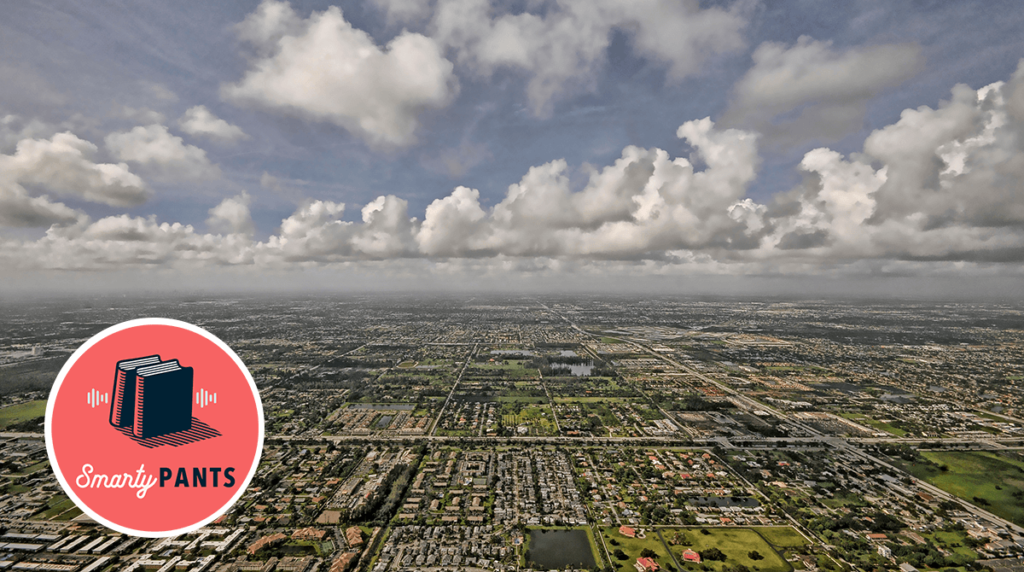Little Boxes, Big Ideas
Looking to America’s history of experimental suburbs to solve the housing crisis

The mythology of the 1950s American suburb—mom, dad, white picket fence, two-car garage, two-point-five kids—doesn’t align with the reality of who lives in suburbs today. Suburbs are bustling with multigenerational families, immigrants, and multiracial residents who defy the Stepford stereotype. While it’s true that after WWII, the federal government heavily invested in the creation of middle-class suburban havens for nuclear families—slashing funding for downtowns and forcing de facto segregation through redlining and community covenants—in the decades since, the suburbs have become more diverse than ever. With affordable housing currently in crisis, climate change ascendant, evictions on the rise, and a flood of people abandoning the suburbs for rapidly gentrifying cities, can this pocket of the American dream evolve? For solutions to the present-day problems of suburbs, Amanda Kolson Hurley, senior editor at CityLab, looks to the suburbs hidden throughout American history that did something a little different: forgotten places where utopian planning, communal living, socially conscious design, and integrated housing flourished.
Go beyond the episode:
- Amanda Kolson Hurley’s Radical Suburbs: Experimental Living on the Fringes of the American City
- Matthew Desmond’s Eviction Lab chronicles one aspect of the housing crisis whose solution might be informed by the model of the Greenbelt suburb, built with renters in mind
- “How the Suburbs Gave Birth to America’s Most Diverse Neighborhoods” in CityLab
- Read Tracy Jan’s analysis for The Washington Post, “Redlining was banned 50 years ago. It’s still hurting minorities today.”
- An April study found that low-income residents in Washington, D.C., are being pushed out of the city at some of the highest rates in the country
- Read about how some tenant organizers in Washington, D.C., are using rent strikes to combat eviction and gentrification
- Visit Old Economy Village, where the Harmonists lived, or Six Moon Hill, now on the National Register of Historic Places, where a home recently sold for a cool $1.5 million
Tune in every week to catch interviews with the liveliest voices from literature, the arts, sciences, history, and public affairs; reports on cutting-edge works in progress; long-form narratives; and compelling excerpts from new books. Hosted by Stephanie Bastek. Follow us on Twitter @TheAmScho or on Facebook.
Subscribe: iTunes • Feedburner • Stitcher • Google Play • Acast
Download the audio here (right click to “save link as …”)
Have suggestions for projects you’d like us to catch up on, or writers you want to hear from? Send us a note: podcast [at] theamericanscholar [dot] org. And rate us on iTunes! Our theme music was composed by Nathan Prillaman.

